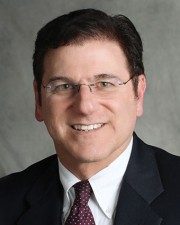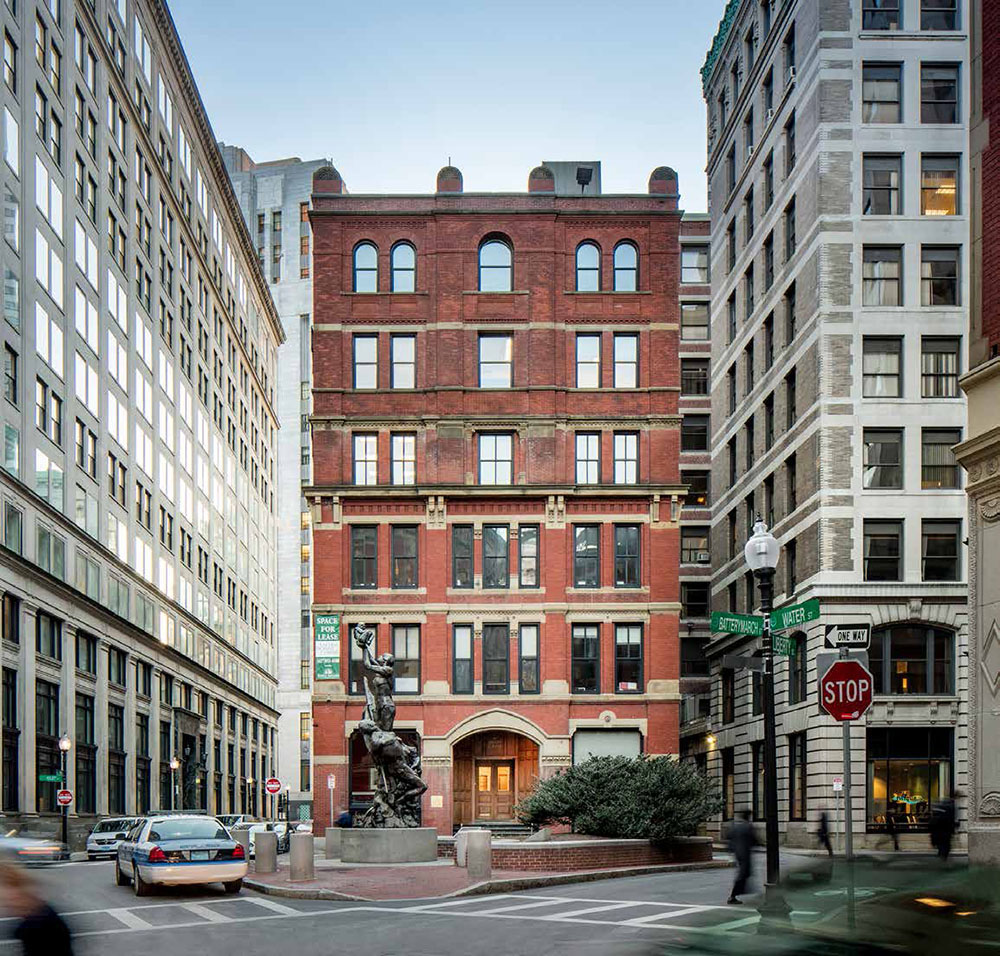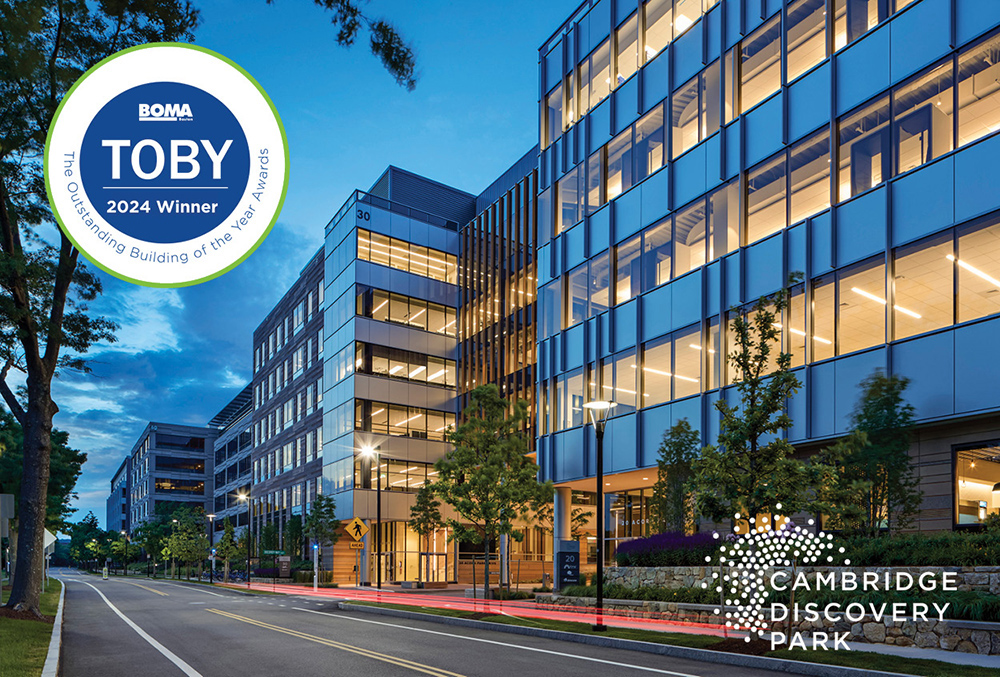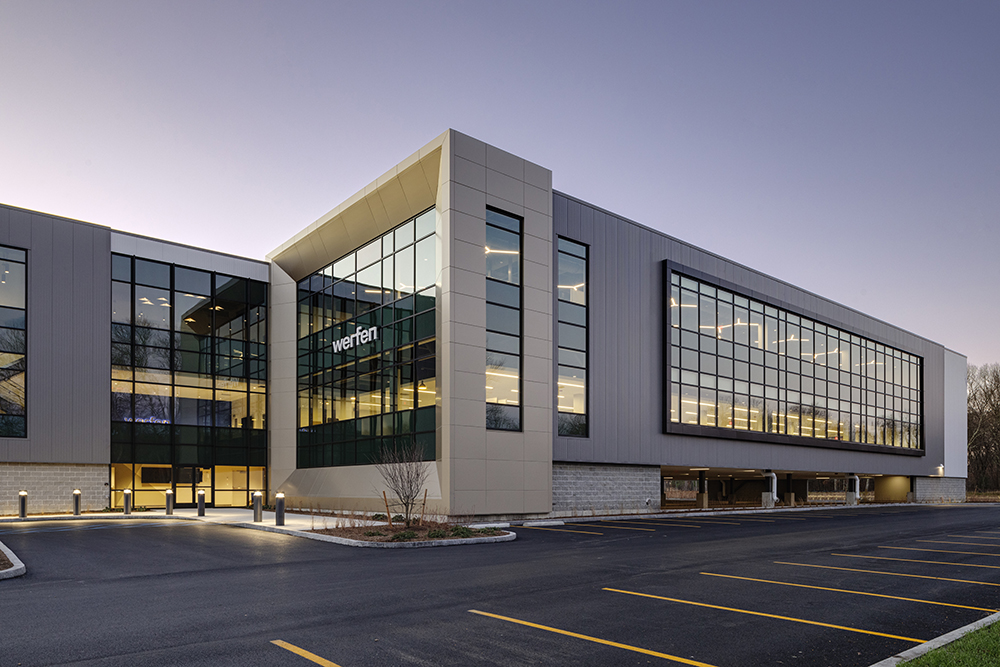News: Front Section
Posted: August 14, 2014
Why a community audit for retail projects?
"Big Data," "Locational Analytics," and varieties of number-crunching analytic tools and apps promise to help marketers, developers, retailers understand the nuances of specific markets and trade areas. But the age-old touch and feel assessment is critical still to in depth knowledge of location and market, especially in urban retail development. Known as a "Community Audit," it is a boots-on-ground look at reality: residents and visitors, businesses and officials, advantages and problems, current retail conditions, market likes, dislikes, and voids. This is particularly important in today's world. The new generation of shoppers has little in common with the past. Born and raised with the internet, they are driving the retail world with their own brand of living, buying and shopping habits. Working all day in front of a screen, they crave physical and social experiences. They want to be engaged : they want social contact and a sense of community.
To attract this new generation , retail centers can hardly rely on the same formulaic analysis that drove the location and design of shopping centers of the past. More attitudinal information is needed and this is the benefit of a community audit. The audit takes a team or one professional spending time in the neighborhood observing business conditions, shopping the stores, talking informally to shopkeepers and customers, hearing first hand about rents, parking, hours of operation, safety, competition, marketing/image, rules and regulations affecting the stores and sidewalks, goods and services wanted, and those not desired. The audit and hard data work together and inform each other. Demographic and socio-economic data raise questions best answered by conversations and experience of the audit. The audit identifies undetected markets, (parents of children attending after-school karate / dance classes). and projects that are truly competitive. Used together developers, investors, and tenants can design a winner.
Carol Todreas is a principal at Todreas Hanley Associates, Cambridge, Mass.
Tags:
Front Section
MORE FROM Front Section
Newmark negotiates sale of 10 Liberty Sq. and 12 Post Office Sq.
Boston, MA Newmark has completed the sale of 10 Liberty Sq. and 12 Post Office Sq. Newmark co-head of U.S. Capital Markets Robert Griffin and Boston Capital Markets executive vice chairman Edward Maher, vice chairman Matthew Pullen, executive managing director James Tribble,
Columns and Thought Leadership

How COVID-19 has impacted office leasing - by Noble Allen and John Sokul
To say that the effects of COVID-19 has transformed office leasing is an understatement. When COVID-19 was at its peak, office spaces were practically abandoned either through governmental mandates or through actions taken by businesses themselves.

Make PR pop by highlighting unique angles - by Stanley Hurwitz
Coming out of the pandemic, a client with three hotels in Provincetown, Mass., needed ways to let the world know his properties were open for business for the 2021 tourist season.

Five ways to ruin a Section 1031 Like-Kind Exchange - by Bill Lopriore
While there is some flexibility when structuring a like-kind exchange, some important requirements must be met. A mistake can ruin your exchange. Here are five mistakes to avoid:

Four tips for a smooth 1031 Exchange - by Bill Lopriore
Many real estate investors do not understand the specific requirements that must be met to secure the benefits of a tax-deferred 1031 exchange. For example, the replacement property must be identified within 45 days of the closing date of the relinquished property.








